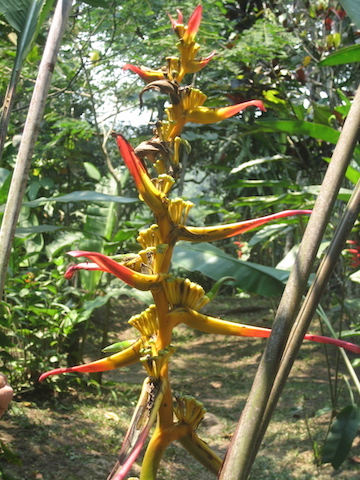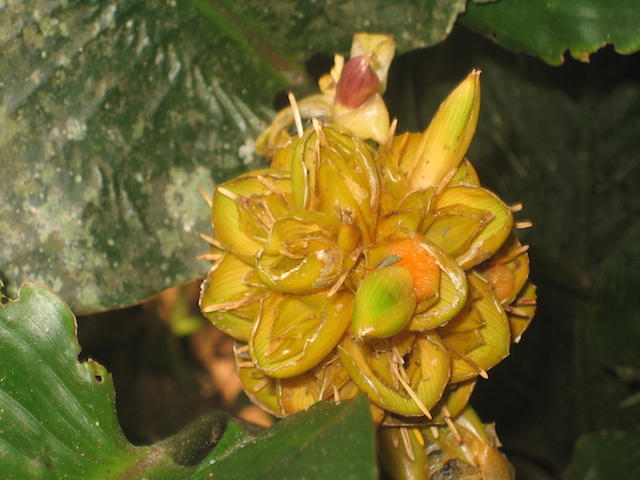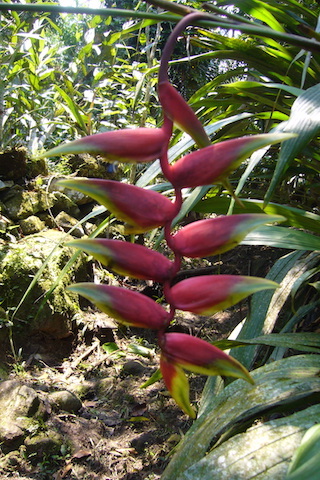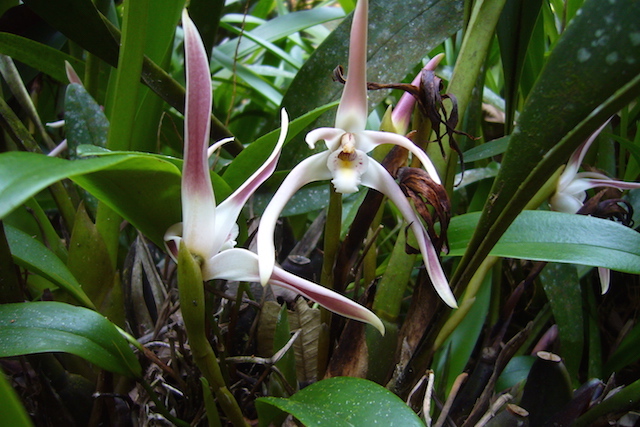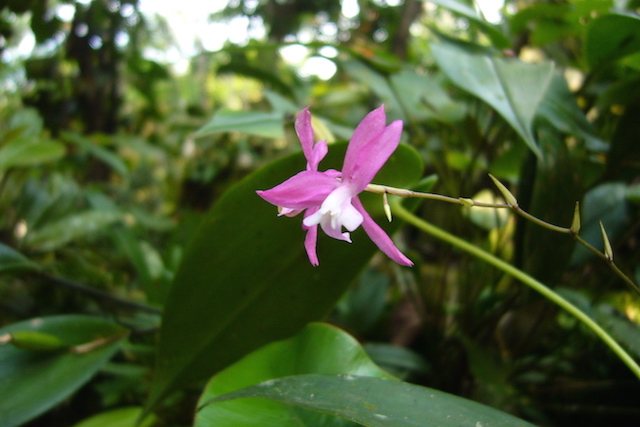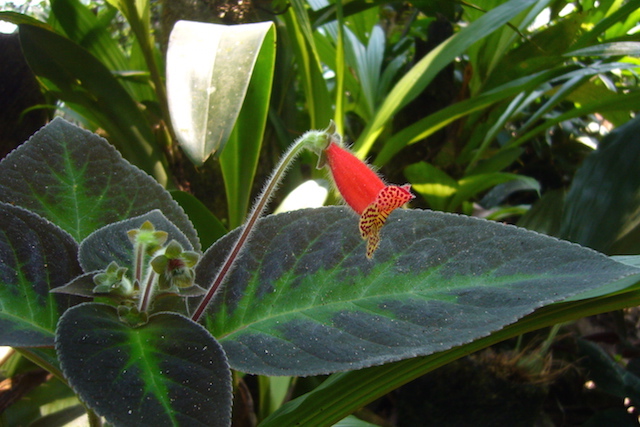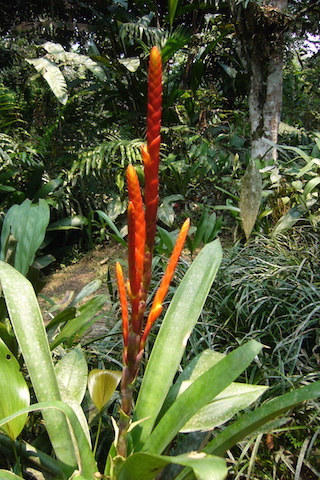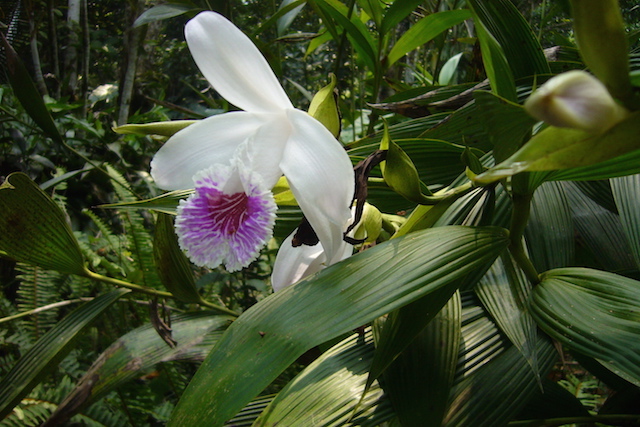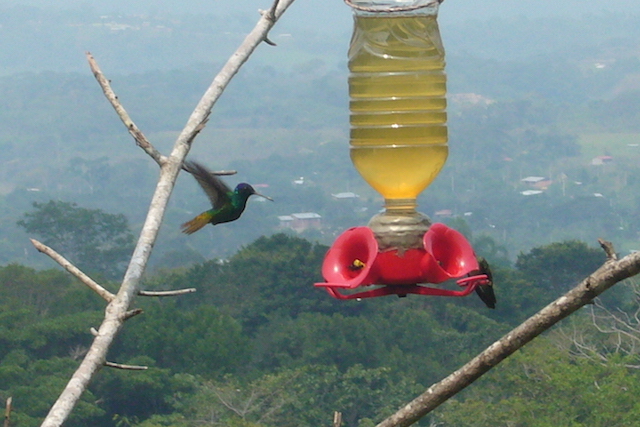A Guide To Moyobamba
Moyobamba, with a population of about 35,000, is the capital of the Department of San Martin and about 12 hours by bus from Chiclayo.
Locals call it “the city of orchids” and claim that about 3,500 species have been identified in the area.
Moyobamba’s port on the Mayo River & surrounding countryside.
History & Geography of Moyobamba:
Moyobamba is the oldest town in Peru's Amazon Basin, having been established as an Inca outpost in the late 15th century.
The Spaniards founded a town here in 1542, but nothing is left of those early days owing, in part, to earthquakes in 1990 and 1991, which demolished much of the city.
At an altitude of 860 m (2,820 ft), this town has a hot, humid, Amazonian climate, and the exuberant surroundings are rich in flora and waterfalls.
Attractions of Moyobamba:
Several gardens and plantations sell or exhibit orchids, including San Francisco Botanical Gardens, a short mototaxi ride from the centre.
Three km (two miles) outside the city is The Waqanki Center, which is a former farm that is now being allowed to return to its natural, cloud-forest state. The property covers an area of about 100 hectares (247 acres), and has a topography that ranges from 900m (2,950ft) to a highest point of 1,300m (4,265 ft).
Some 150 species of orchid have been replanted in the botanic garden section, and there is also a look-out point brimming with 26 species of hummingbirds. It is possible to stay on site in one of the three bungalows of the Fruiteater Lodge.
Other nearby destinations include San Mateo Hot Springs, 5 km (3 miles) south of the centre, and especially popular with locals at weekends.
Of various waterfalls, the most popular are Cataratas del Gera and Cascadas Paccha, both reachable by a mototaxi ride, followed by a short walk through rainforest.
There are several eco-tourism conservation areas in the province of Moyobamba.
Morro de Calzada, near Moyobamba.
12 km (7.5 miles) to the west of the Moyobamba, and clearly visible from the city, is a craggy, limestone hill. This is Morro de Calzada that rises abruptly to 550 m (1,804 ft) out of the flat rainforest.
There is a a clear - if somewhat rocky - trail to the summit, which passes through thick jungle vegetation and is home to an abundance of birdlife:
Stygian Owl
Painted Manakin
Red-shouldered Tanager
Russet-crowned Crake
Cream-colored Woodpecker
Gray-headed Kite
Yellow Tyrannulet
Stripe-necked
Tody-Tyrant
Rufous Nightjar
Blackish Nightjar
Band-bellied Owl
Rufous-crested Coquette
Mishana Tyrannulet
Golden-collared Toucanet
Uniform Crake
Zimmer’s Antbird
Greater Yellow-headed Vulture
Pearly-vented Tody-Tyrant
Band-bellied Owl
Spot-tailed Nightjar
Common Potoo
Birdwatching tours can be arranged for the early morning or late afternoon, when the birds are at their most active.
Once at the top of the hill, there are great views over the area.
A visit to the village of Calzada is also recommended, as it is known for its hat-making and dairy produce.
Not far from the city is the Santa Elena Natural Reserve, where canoe tours can be taken to enjoy the flora and fauna.
Tingana is an unspoiled, wetland reserve managed by the local community.
To visit the pristine forest and wetland of Tingana Ecological Reserve, centred on the Avisado River, you need a full day, departing Moyobamba early.
Alternatively, you can stay overnight in the Reserve, in rudimentary accommodation.
How to Visit Moyobamba:
Moyobamba is on the road between Tarapoto and Chachapoyas, and therefore is visited - briefly - on the majority of PeruNorth overland itineraries:
Our birding tours spend a night in Moyobamba in order to have time to enjoy the various bird species at the Waqanki Center:



